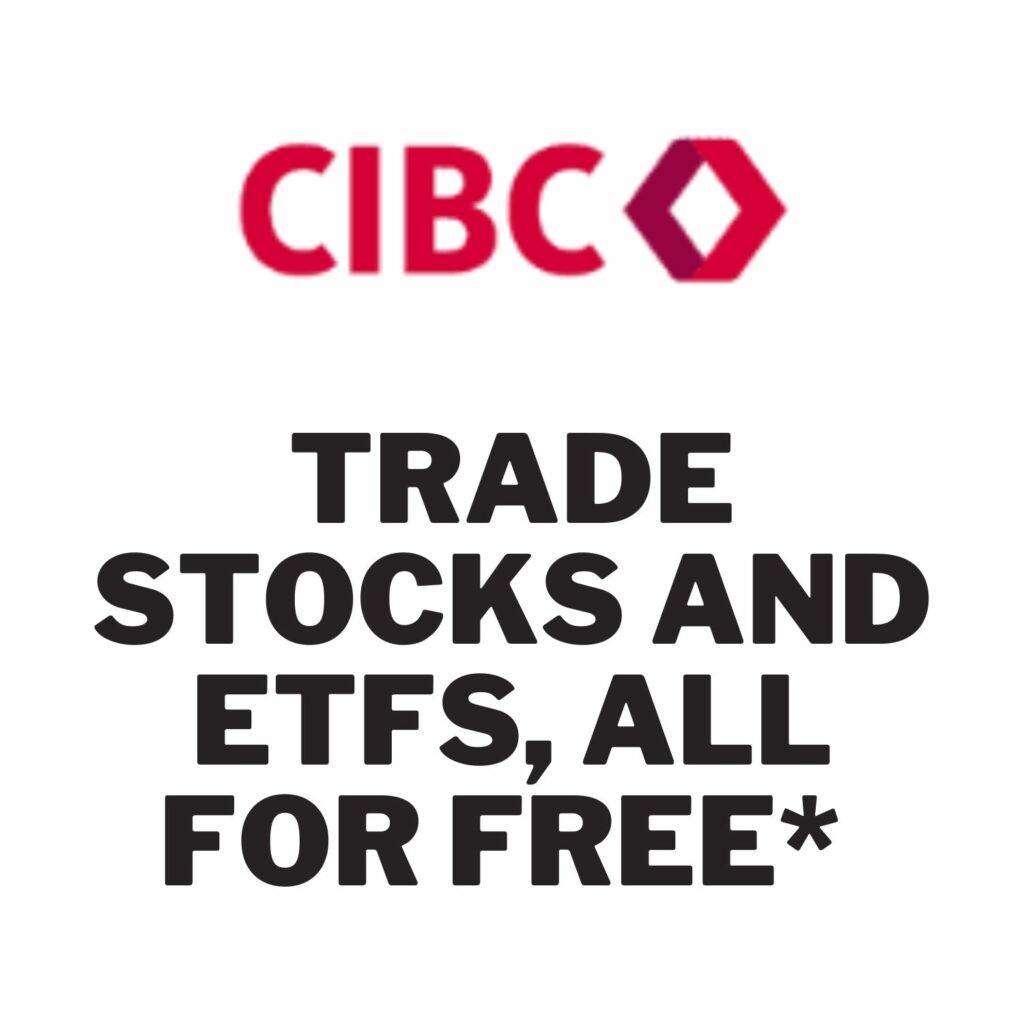When comparing the iShares Core S&P U.S. Total Market Index ETF (XUU.TO) and the Vanguard U.S. Total Market Index ETF (VUN.TO), both offer Canadian investors broad exposure to the U.S. stock market. However, there are a few key differences between these two ETFs that might help you decide which is better suited to your investment strategy. Let’s take a closer look at the main differences in terms of the index they track, fund management, fees, and other factors.
[stock_market_widget type=”table-quotes” template=”color-header-border” color=”#5679FF” assets=”XUU.TO,VUN.TO” fields=”symbol,name,net_assets,fund_inception_date” display_header=”true” display_chart=”false” search=”false” pagination=”false” scroll=”false” rows_per_page=”5″ sort_direction=”asc” alignment=”left” api=”yf”]
[stock_market_widget type=”table-quotes” template=”color-header-border” color=”#5679FF” assets=”XUU.TO,VUN.TO” fields=”symbol,ytd_return,three_year_average_return,five_year_average_return” display_header=”true” display_chart=”false” search=”false” pagination=”false” scroll=”false” rows_per_page=”5″ sort_direction=”asc” alignment=”left” api=”yf”]

1. Index Tracked
One of the main differences between XUU and VUN is the index they track. XUU follows the S&P Total Market Index, while VUN tracks the CRSP U.S. Total Market Index. Although both indexes aim to cover the entire U.S. stock market, including large, mid, small, and micro-cap stocks, there are slight variations between them.
- S&P Total Market Index (XUU): This index includes over 3,000 U.S. stocks, representing nearly 100% of the investable U.S. equity market. The S&P index is widely recognized and commonly used in many investment products.
- CRSP U.S. Total Market Index (VUN): This index covers a slightly smaller number of stocks, around 4,000, but the overall exposure is quite similar to that of the S&P Total Market Index. The CRSP index uses a different methodology for categorizing companies by market cap, which can lead to slight differences in holdings and weightings compared to the S&P index.
While these differences are small, they can lead to slight variations in performance over time. However, for most investors, the impact is usually minimal.
2. Fund Management
Another key difference is the fund manager. XUU is managed by BlackRock under its iShares brand, while VUN is managed by Vanguard. Both companies are highly respected in the ETF world and offer low-cost, high-quality products. However, their management styles and corporate philosophies differ slightly:
- BlackRock (iShares): Known for its broad range of ETF products, BlackRock emphasizes innovation and has a strong focus on institutional investors. Their ETFs are widely used for building portfolios that target specific investment needs.
- Vanguard: Known for its investor-focused philosophy, Vanguard is often praised for its low-cost structure and commitment to helping retail investors. Vanguard operates on a not-for-profit basis, which helps keep its fees low.
Both BlackRock and Vanguard are reputable and well-established firms, so choosing between them often comes down to personal preference.
3. Fees and Costs
Both XUU and VUN are known for their low-cost structures, making them attractive options for cost-conscious investors. However, there are small differences in their management expense ratios (MER):
- XUU has a MER of approximately 0.07%.
- VUN has a MER of around 0.16%.
While these fees are very low compared to actively managed funds, XUU has a slight advantage in terms of cost. Over time, lower fees can lead to better returns, particularly for long-term investors.
4. Holdings and Performance
While both ETFs provide similar exposure to the U.S. market, their holdings may differ slightly due to the different indexes they track. As a result, their performance can vary from year to year. However, over the long term, their performance tends to be very similar, as they both aim to capture the total return of the U.S. stock market.
5. Currency Exposure
Both XUU and VUN are unhedged ETFs, meaning they do not protect against fluctuations in the U.S. dollar and Canadian dollar exchange rate. This means that their returns could be influenced by currency movements. If the U.S. dollar strengthens relative to the Canadian dollar, these ETFs may benefit from higher returns for Canadian investors.
Conclusion
In summary, both XUU and VUN offer Canadian investors broad, low-cost exposure to the U.S. stock market. The key differences lie in the indexes they track, their management styles, and their fees. While XUU has a slight edge in terms of cost, VUN is backed by Vanguard’s strong reputation for retail investor support. Ultimately, the choice between the two will depend on personal preferences, such as which index you prefer and whether you have a preference for one fund manager over the other.
iShares Core S&P U.S. Total Market Index ETF (XUU.TO)
Objective: XUU seeks to track the S&P Total Market Index, offering broad exposure to U.S. stocks across all market capitalizations, including large, mid, small, and micro-cap stocks.
Composition: It includes a wide range of U.S. stocks, giving a comprehensive view of the U.S. equity market.
Expense Ratio: Typically has a low expense ratio, making it a cost-effective option for investors.
Diversification: Provides extensive diversification due to its broad market coverage.
Performance: The performance depends on the overall U.S. market performance, mirroring the S&P Total Market Index.
Vanguard U.S. Total Market Index ETF (VUN.TO)
Objective: VUN aims to track the CRSP US Total Market Index, which also offers broad exposure to the U.S. stock market, including large, mid, small, and micro-cap equities.
Composition: Similar to XUU, VUN encompasses a wide array of U.S. stocks, providing a comprehensive snapshot of the U.S. equity landscape.
Expense Ratio: MER: XUU has a lower MER at 0.08%, while VUN’s MER is 0.17%.
Diversification: Offers significant diversification across various sectors and company sizes in the U.S. market.
Performance: Its performance reflects the performance of the CRSP US Total Market Index, closely mirroring the broader U.S. market.

